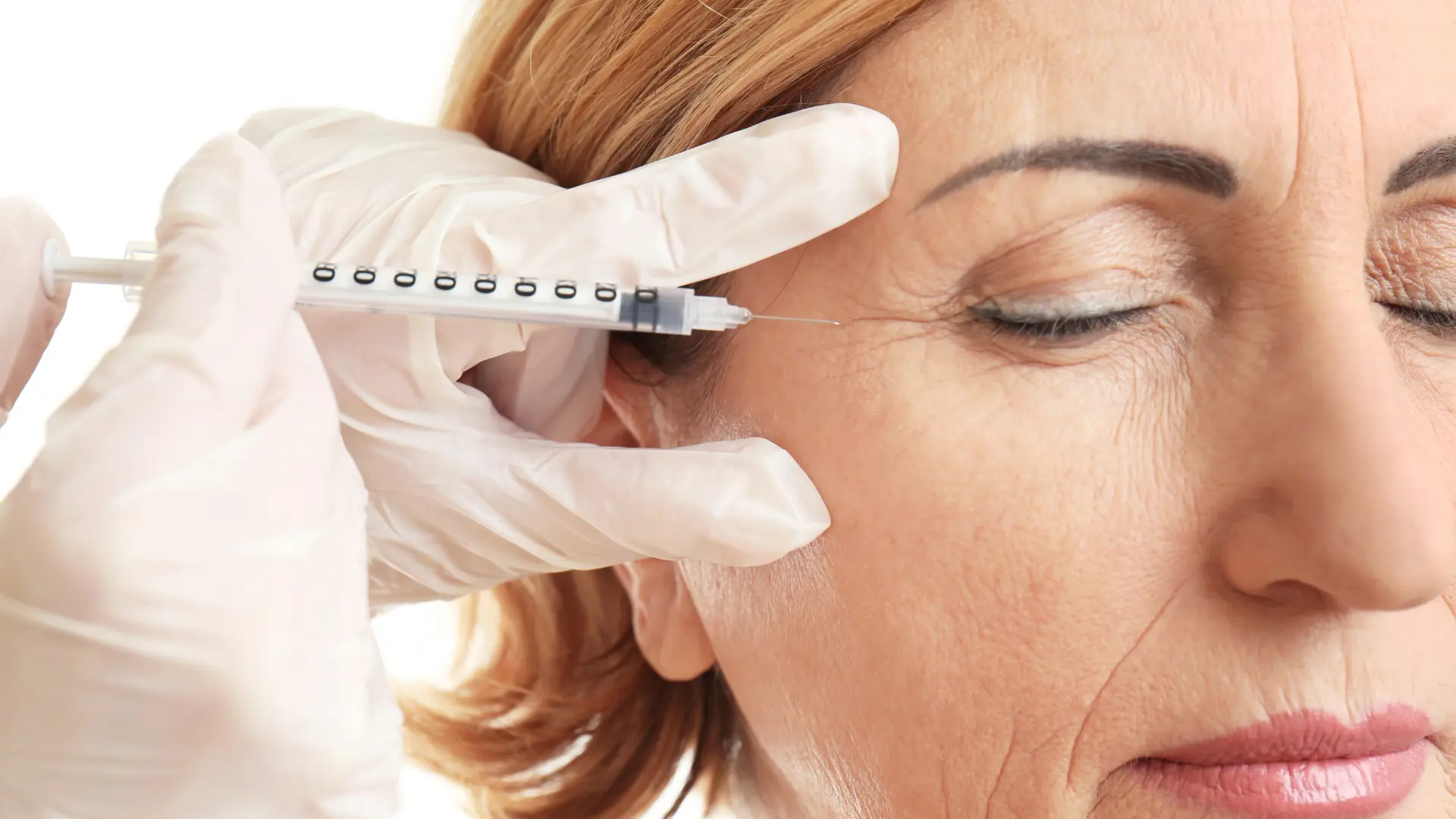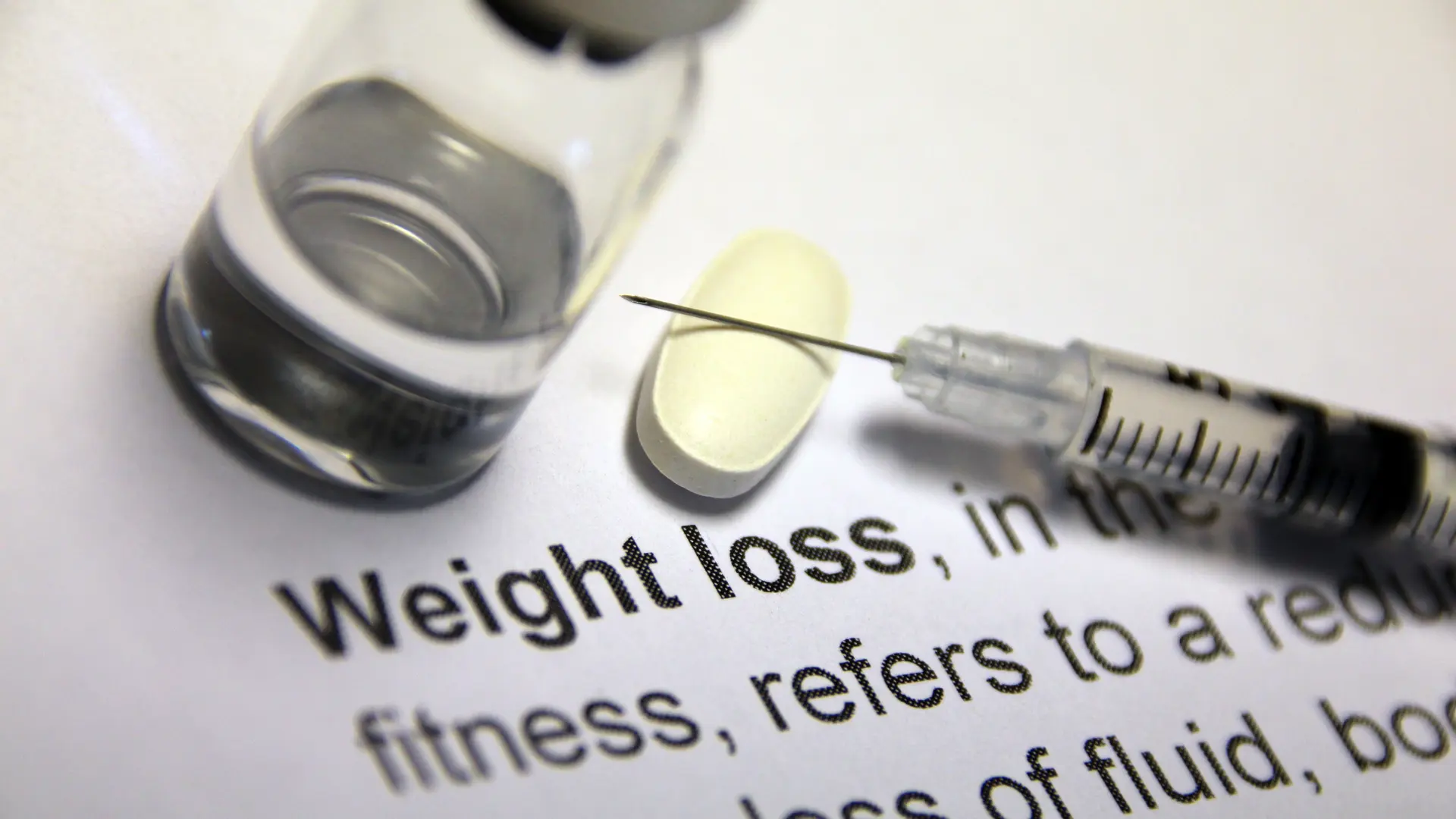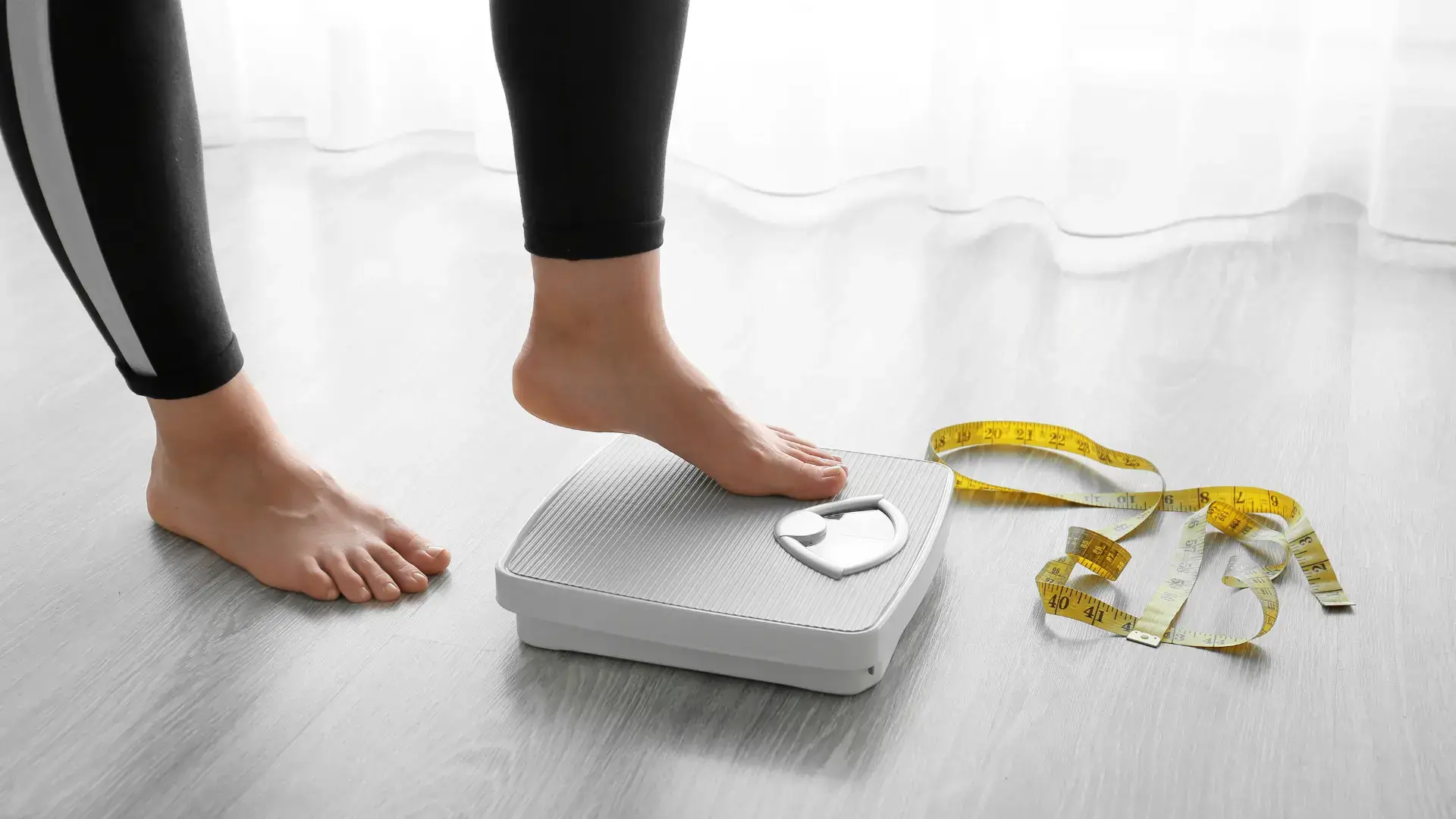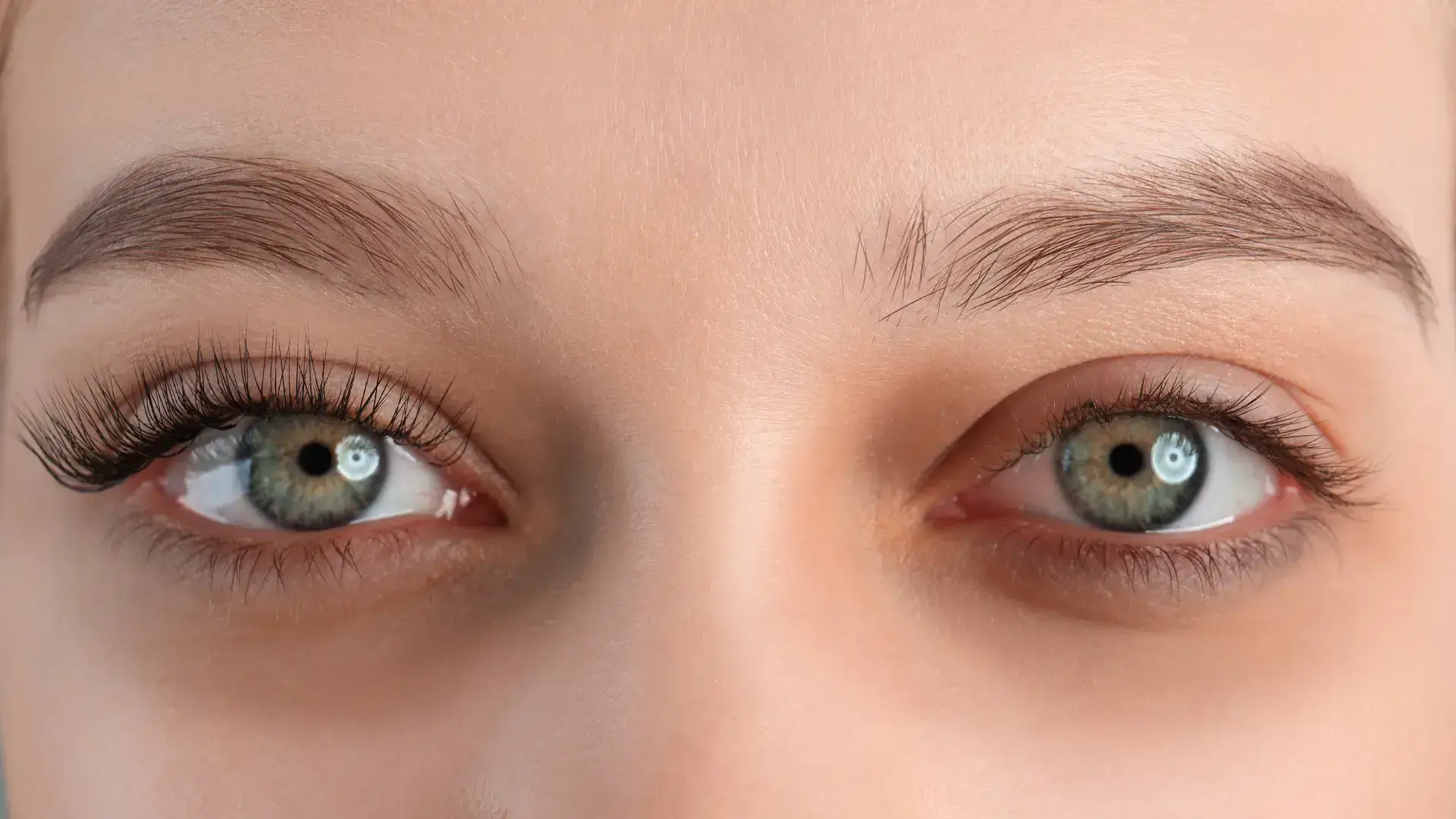Did you know that the dermal filler market reached a staggering value of $5.5 billion in 2022? This surge in demand is primarily driven by an aging population seeking aesthetic treatments. Procedures for facial rejuvenation and combating signs of aging are becoming increasingly popular.
Minimally invasive procedures steadily gain popularity with their temporary, affordable, and effective outcomes. Patients considering cosmetic enhancements should explore options that can restore their radiant glow. One such option is Teosyal, which offers a comprehensive range of dermal fillers that address signs of aging, contouring concerns, and overall facial rejuvenation.
In this article, we will explore Teosyal Redensity I and II, their indications, the injectables’ formulations, benefits, and safety profiles.
Key Takeaways
- Teosyal Redensity I and II are presented in a sterile, viscoelastic hyaluronic acid gel formulation.
- Both injectables contain 15 mg/ml of hyaluronic acid (HA) and 0.3% lidocaine. However, Redensity I has 1 ml or 3 ml of supplemented phosphate buffer, while Redensity II contains 1 ml.
- Medical professionals should tailor Teosyal dermal fillers to individual needs, considering factors like skin type, age, and specific concerns.
- Aside from the contraindications, Teosyal dermal fillers are generally safe for most individuals.
About: Medica Depot is your trusted all-in-one supplier, offering a range of high-quality medical injectables and supplies. Buy Teosyal wholesale at Medica Depot today! Whether for health professionals, plastic surgeons, dermatologists, licensed estheticians, or other specialists, we can offer genuine, brand-name products you may need. With Medica Depot, we prioritize serving you better to improve the patient’s quality of life.
Formulation and Intended Uses

Teosyal offers a variety of dermal fillers, each tailored to address specific skin concerns. These fillers, primarily composed of hyaluronic acid, work to restore volume, smooth out wrinkles, enhance lips, and rejuvenate the face’s overall appearance.
Medical professionals must understand the differences between Teosyal PureSense Redensity I and II for optimal treatment results. Both of these injectables are presented in a sterile, viscoelastic gel formulation.
- Teosyal Redensity I: This Teosyal dermal filler particularly prevents premature skin from aging, restores skin density, and maintains skin glow. Medical professionals can use Teosyal PureSense Redensity I for the face, neck, and neckline.
- Teosyal Redensity II: Medical professionals may utilize Teosyal PureSense Redensity II for under-eye concerns. It can mainly target under-eye circles and hollow eye circles, preventing patients from looking tired with these under-eye aging signs.
Active Ingredients and Benefits
Teosyal dermal fillers contain 15 mg/ml of hyaluronic acid (HA) and 0.3% lidocaine. However, Redensity I has 1 ml or 3 ml of supplemented phosphate buffer, while Redensity II contains 1 ml. Their lidocaine properties can minimize the patient’s discomfort during the procedure.
Healthcare professionals must use Teosyal PureSense Redensity I to redensify aging skin. Aside from HA, it has a Dermo-Restructuring Complex (DRC) of 8 amino acids, three antioxidants, vitamin B6, and two minerals that support skin growth for improved density.
Meanwhile, Redensity II contains a mixture of cross-linked and non-crosslinked HA, allowing even distribution in the under-eye areas. Its light formulation makes it less likely to overcorrect the treated area and can help promote skin health.
- Benefits of Teosyal Redensity I: It reverses the signs of aging, refreshes and hydrates the skin from within, protects it from damage caused by oxidative stress, and restores the dermal layers.
- Benefits of Teosyal Redensity II: Targets all signs of aging eyes by filling hollowed eyes, improving skin texture and elasticity, brightening dark circles, and reducing fine lines.
Ideal Patient Profiles and Procedural Protocols

With similar active ingredients in the formulation, Redensity I and II have identical ideal patient profiles for their treatment. Medical professionals should tailor Teosyal dermal fillers to individual needs, considering factors like skin type, age, and specific concerns.
Idean candidates for these individuals are those who have specific concerns about the indications of Redensity I and II. Patients should not receive any Teosyal dermal filler injections if they have or are:
- Skin disorders, inflammation, or infection near the treatment area.
- Allergies to lidocaine, local anesthetic, hyaluronic acid, or history of severe allergies.
- Autoimmune or cardiac diseases, or heart disease treatment.
- Hepatocellular insufficiency or liver disease treatment.
- Epilepsy or porphyria.
- Pregnancy, breastfeeding, or under 18 years old.
Procedure protocols require injections that medical professionals can align based on the patient’s needs and goals. They also know the most appropriate injection technique and site to maximize the benefits of Teosyal to patients.
Clinical Outcomes and Safety Profiles

According to Ardeleanu et al. (2017), Teosyal Redensity 2 is a safe and effective treatment for rejuvenating the area around the eyes. It’s easy to use and has a high satisfaction rate of 98%. Unlike other fillers, it fills, hydrates, strengthens, and increases skin elasticity.
While clinical outcomes for Redensity II are limited, Kaufman‐Janette et al. (2019) demonstrated the resilient HA filler is just as effective as a well-known alternative for correcting Nasolabial Folds (NLF). Teosyal is effective for individuals with a variety of skin types.
Aside from the contraindications, Teosyal dermal fillers are generally safe for most individuals. However, it’s worth noting that it can also cause temporary side effects after treatment. These include pain at the point of injection, tenderness, redness, bruising with potential bleeding and blister formation, swelling, firmness, lumps/bumps, and itching.
Conclusion
Teosyal Redensity I and II offer distinct benefits that address different aesthetic concerns. Understanding each product’s specific formulations, intended uses, benefits, ideal patient profiles, and safety profiles is essential for practitioners to deliver optimal results and patient satisfaction.
By carefully evaluating the unique characteristics of Teosyal Redensity I and II, dermatologists and aesthetic practitioners can make informed decisions to meet their patients’ diverse needs.
FAQs
1. What is the difference between Teosyal Redensity I and II?
Teosyal Redensity I prevents early skin aging, restores skin density, and keeps the face, neck, and neckline glowing. Conversely, Teosyal Redensity II targets under-eye issues, reduces fine lines, and brightens dark circles.
2. What are the benefits of Teosyal Redensity I and II?
Teosyal Redensity I combats aging, hydrates skin, protects from oxidative stress, and rejuvenates dermal layers. Redensity II focuses on aging eyes, fills hollows, enhances skin texture and elasticity, brightens dark circles, and reduces fine lines.
3. Who are the ideal candidates for Teosyal Redensity I and II?
Ideal candidates are those who have specific concerns related to the indications of Teosyal Redensity I and II. Patients should not receive any Teosyal dermal filler injections if they have or are suffering from any skin disorders, inflammation, or infection at or near the treatment site, are allergic to lidocaine, local anesthetic, and hyaluronic acid, have autoimmune diseases, or have cardiac diseases.
References
- Leclerc, O., Peters, N., Scaglione, A., & Waring, J. (2021, December 20). From extreme to mainstream: The future of aesthetics injectables. McKinsey & Company. https://www.mckinsey.com/industries/life-sciences/our-insights/from-extreme-to-mainstream-the-future-of-aesthetics-injectables
- Kaufman-Janette, J., Taylor, S. C., Cox, S. E., Weinkle, S. H., Smith, S., & Kinney, B. M. (2019). Efficacy and safety of a new resilient hyaluronic acid dermal filler, in the correction of moderate-to-severe nasolabial folds: A 64-week, prospective, multicenter, controlled, randomized, double-blind and within-subject study. Journal of cosmetic dermatology, 18(5), 1244–1253. https://doi.org/10.1111/jocd.13100









